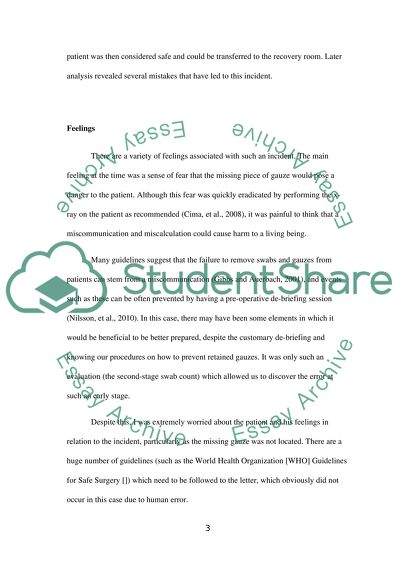Cite this document
(“Professional practice development Essay Example | Topics and Well Written Essays - 1750 words”, n.d.)
Retrieved from https://studentshare.org/health-sciences-medicine/1456765-reflection-of-incidenet-in-operation-room
Retrieved from https://studentshare.org/health-sciences-medicine/1456765-reflection-of-incidenet-in-operation-room
(Professional Practice Development Essay Example | Topics and Well Written Essays - 1750 Words)
https://studentshare.org/health-sciences-medicine/1456765-reflection-of-incidenet-in-operation-room.
https://studentshare.org/health-sciences-medicine/1456765-reflection-of-incidenet-in-operation-room.
“Professional Practice Development Essay Example | Topics and Well Written Essays - 1750 Words”, n.d. https://studentshare.org/health-sciences-medicine/1456765-reflection-of-incidenet-in-operation-room.


